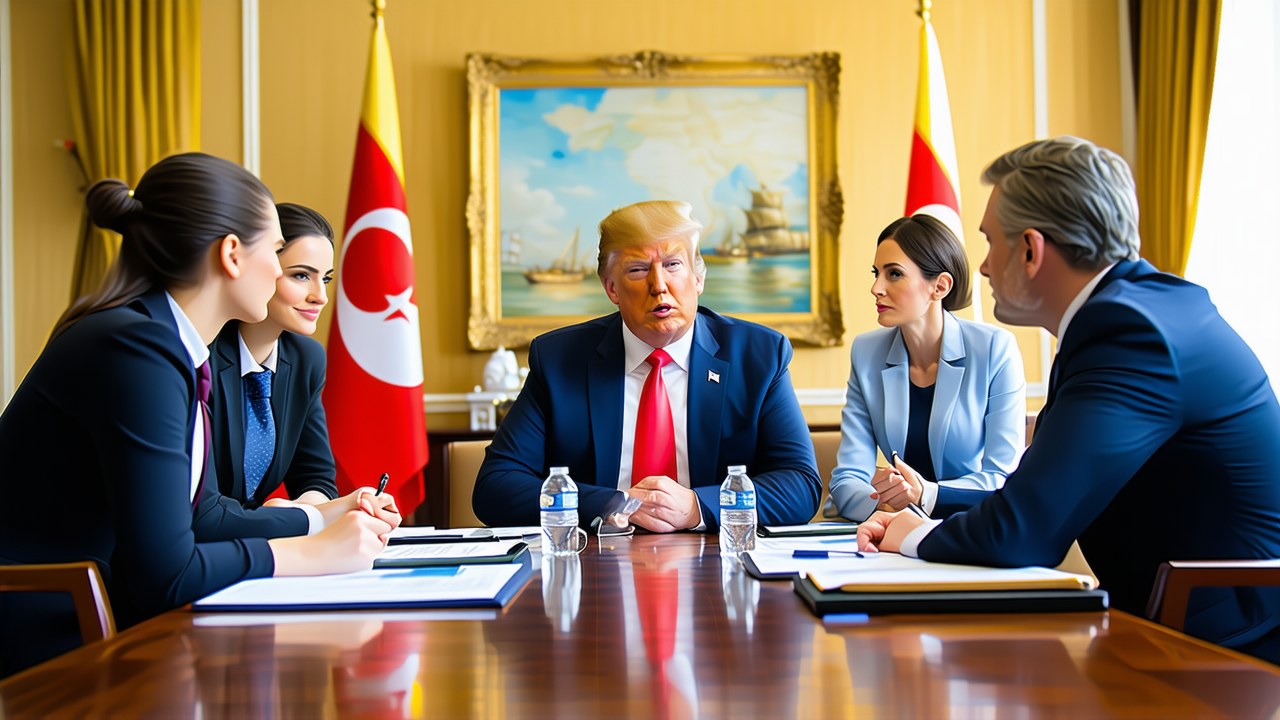Trump's Tariff Deadline Shifts Again: What's Next for New Zealand?
Trump's Tariff Deadline Shifts Again: What's Next for New Zealand?
As US President Donald Trump continues to shift the deadline for his proposed tariffs, New Zealand is closely watching the developments. With the new deadline set for August 1, the economic implications for the country remain uncertain, but some experts suggest the impact could be less severe than initially feared.
Trump's tariff strategy has been a topic of global concern, especially for countries like New Zealand, which rely heavily on exports to the US market. The tariffs, initially set to take effect last week, have been delayed again, sparking speculation about the president's intentions and the potential consequences for international trade.
Despite the delays, Trump has continued to push for new trade deals, warning that countries that fail to negotiate could face hefty tariffs. In a recent move, the president announced a 35% tariff on Canadian imports, with the potential for higher rates if Canada retaliates. Similarly, he has threatened to impose a 30% tariff on all imports from Mexico and the European Union, following failed negotiations.
For New Zealand, the situation is particularly significant. The country's beef and meat sectors, along with its wine industry, are among the most vulnerable to potential tariff hikes. However, according to Liam Dann, the NZ Herald business editor at large, the base tariff for New Zealand goods could rise from 10% to 15% or 20%, depending on the outcome of negotiations.
"But, it's very hard to know how seriously to take that because that’s the way Donald Trump negotiates. In theory, he’s trying to put pressure on those negotiations with a big, scary number," Dann said.
While Trump's administration promised to secure 90 trade deals in 90 days, only two have been finalized so far: with the UK and Vietnam. A partial deal with China was reached in late June, but significant duties remain in place.
So, what does this mean for New Zealand? According to Dann, the country is still expected to face a 10% base tariff, but the most affected sectors—such as beef and wine—are already working on negotiations with trading partners. "The cost is going to be borne by US consumers, unless it means they say no to our goods and we have to drop the price a bit to keep the same volumes up, and we don’t have somewhere else to send the products," he said.
"The US needs a lot of our beef. It doesn’t generate enough low-grade beef for hamburgers and things like that. So it actually needs New Zealand, Brazilian, Argentinian and Australian meat to go into all those hamburgers. So, I think those sectors will be alright," he added.
As the August 1 deadline approaches, the uncertainty surrounding Trump's tariffs continues to shape the economic landscape for New Zealand. While the potential for higher tariffs remains, the country's strong trade relationships and diverse export markets offer some level of protection.
For more insights on how these tariffs could affect the global economy, tune in to the full episode of The Front Page, a daily news podcast from the NZ Herald.
